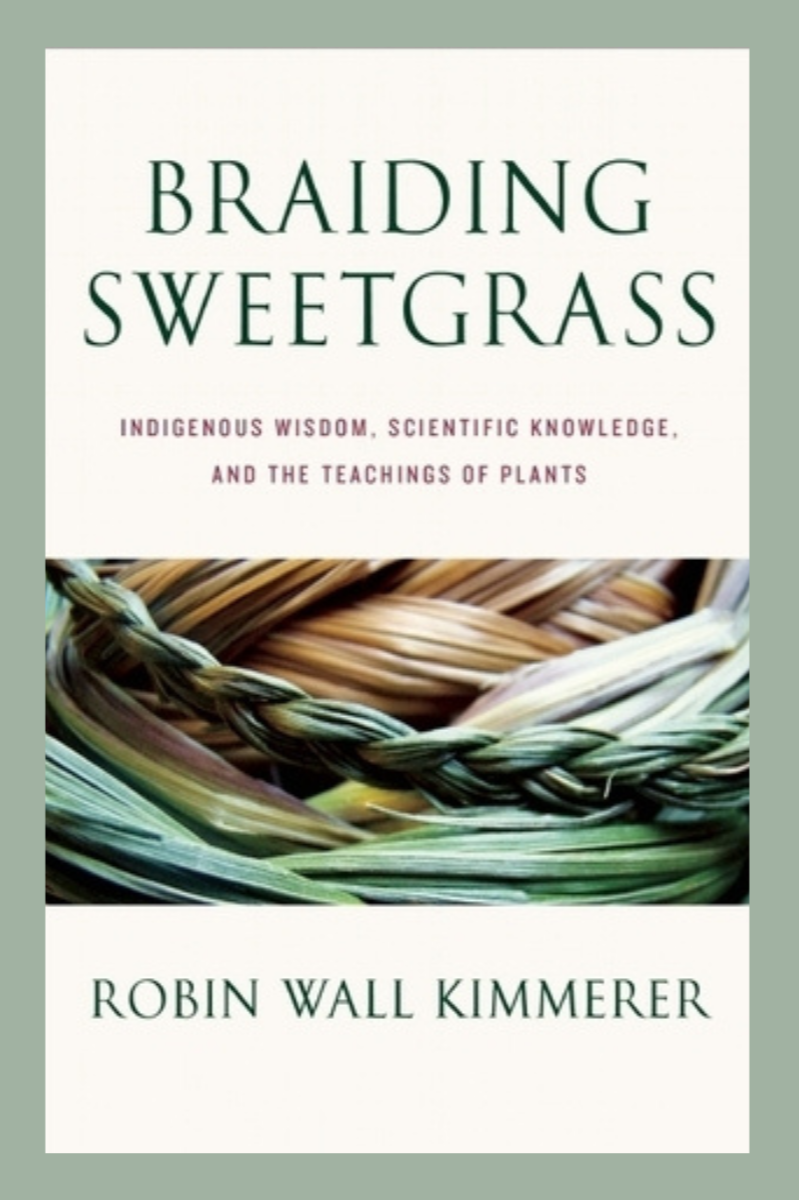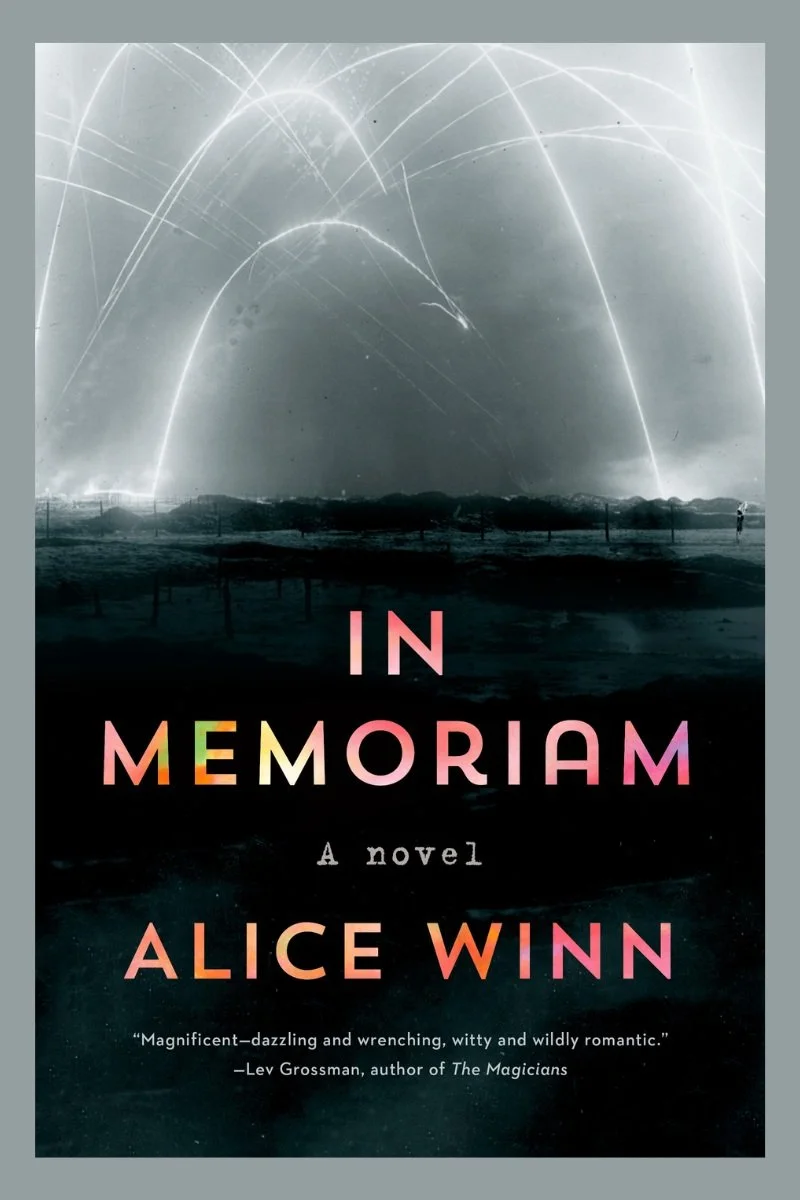It’s a dense book – beautifully written, but the kind of writing that demands you be fully present. I couldn’t listen for more than about 45 minutes before my mind drifted, not because the content was dull, but because it’s a lot to absorb.
All tagged history
The House of Special Purpose – John Boyne
Set against the fall of Imperial Russia, the aftermath of revolution and the emotional cost of survival, this character-driven story explores love, identity, grief and the burden of secrets carried across generations.
Hiroshima: The Last Witnesses – M.G. Sheftall
A harrowing, deeply human account of the Hiroshima bombing told through the voices of survivors. M.G. Sheftall dismantles sanitized narratives and explores the lasting cultural, emotional and moral impact of August 6, 1945.
The Island of Sea Women – Lisa See
Lisa See’s The Island of Sea Women explores the unique matriarchal culture of Korea’s haenyeo divers on Jeju Island, set against major 20th-century events like Japanese occupation and the Korean War. While rich in historical detail and cultural insight, the novel struggles to deliver emotional depth or strong character development. Best for readers interested in Korean history and women’s roles in wartime, but don’t expect a gripping fictional narrative.
Bad Gays: A Homosexual History – Huw Lemmey and Ben Miller
“Bad Gays” starts with a provocative thesis: queer history is too often told through sanitized narratives of heroism and progress. What happens, Huw Lemmey and Ben Miller ask, when we shift the lens to those queer figures who were not brave icons, but bigots, fascists, abusers or simply complicated people making morally gray choices in a hostile world?
Run: Book One – John Lewis and Andrew Aydin
While “Run” may not yet match the polish of “March,” it lays a promising foundation for future installments. For now, it earns a place on my shelf as a testament to Lewis’s legacy and a reminder that the fight for equality – though officially decades past – continues to reverberate today.
The Demon of Unrest: A Saga of Hubris, Heartbreak, and Heroism at the Dawn of the Civil War – Erik Larson
As usual, Larson’s storytelling brings history to life in vivid detail, a rare skill in nonfiction, but here, the ambitious scope feels unwieldy – even for a pro. The concurrent narratives and numerous characters create a sprawling account, yet “Demon” lacks the cohesion and emotional depth that defined his best works.
Kent State: Four Dead in Ohio – Derf Backderf
Derf Backderf's "Kent State: Four Dead in Ohio" takes readers beyond the iconic photograph, offering a meticulously researched and haunting graphic novel about the events that occurred on May 4, 1970, between students at Kent State University and the Ohio National Guard.
Oscar Wars: A History of Hollywood in Gold, Sweat, and Tears – Michael Schulman
For expecting this to be a frothy history, I was surprised by the detailed explorations of how the sausage was/is made – from studio system contracts to politicking and power grabs. People looking for an exhaustive recap of the awards themselves will be disappointed as Schulman presents more a chronicle of Hollywood in 11 eras, with the Oscars serving as a (sometimes loose) connective thread to introduce the films, actors and creators that defined each generation.
March: Books One-Three – John Lewis and Andrew Aydin
For readers that want to brush up on the Civil Rights Movement of the 1960s, the “March” series is an exemplary feat of storytelling that exposes the hypocrisy, violence and injustice that spurred the movement while celebrating the everyday people who protested – and died – for desegregation and the passing of the Voting Rights Act.
Pink Triangle Legacies: Coming Out in the Shadow of the Holocaust – W. Jake Newsome
While not as well-known in the mainstream as the Pride flag, the pink triangle – the Nazi concentration camp symbol for prisoners convicted under Paragraph 175, the German law that criminalized homosexual activity among men – is an enduring and important marker of queer history that morphed from an emblem of shame into a symbol of activism.
The Library Book – Susan Orlean
A mashup of true crime, memoir and history, the story is more glossy magazine feature than stodgy tome and stands as a love letter to libraries, and the crucial role these institutions play in building healthy communities and safeguarding democracy.
A Fever in the Heartland – Timothy Egan
Paced like a thriller – there’s short chapters and each has a clear focus – Egan stays rooted in basics and not minutiae. There’s detail on the inner workings of the KKK, state and national politics, “Roaring 20s” culture and immigration panic to provide a contextual foundation, but the author keeps everything aligned to his thesis: how Indiana served as a microcosm for a growing wave of racism in northern states, and the resisters who fought it.
Notable Native People: 50 Indigenous Leaders, Dreamers, and Changemakers from Past and Present – Adrienne Keene
If you find time to read only one book in recognition of Native American Heritage Month (or Nonfiction November, for those who celebrate), I highly encourage Adrienne Keene’s excellent spotlight on notable individuals from some of the 574 federally recognized American Indian Tribal nations.
Nine Lives: Death and Life in New Orleans – Dan Baum
While Baum’s love of New Orleans’ inhabitants and history is apparent, this well-written and researched – but horribly overstuffed and scattershot – book is not nearly as interesting as he thought it would be. All-in-all, this would appeal most to people who like day-in-the-life narratives, but for those looking for history or insight about Hurricane Katrina and rebuilding New Orleans will be left disappointed.
You Never Forget Your First: A Biography of George Washington – Alexis Coe
This is largely a Cliff’s Notes view of the American Revolution and fledgling democracy, which is honestly the right amount for most readers, while focusing on subjects often overlooked - Washington’s propaganda machine, political enemies, women and slaves.
In Memoriam – Alice Winn
Expectation: A gut-punch queer love story set within the backdrop of World War I trenches.
Reality: Stilted dialogue, a ping-pong narrative structure and an unbelievable connection between the two main characters made this rather disappointing.
One Day: The Extraordinary Story of an Ordinary 24 Hours in America – Gene Weingarten
I adored the premise of this book, and in many ways it is a love letter to journalism in its purest form. Weingarten is a gifted writer and researcher who was able to find marvel in both the mundane and monumental aspects of life on that day. Yet, as the chapters went on, the whole exercise began to feel tawdry and voyeuristic.
Banned Books: The World's Most Controversial Books, Past and Present – D.K. Publishing
This is a wisp of a book that could be considered a primer on the subject, but it never goes deep enough to make you feel like you’re learning something versus reading a listicle.
The Complete Maus – Art Spiegelman
You can disagree or dislike decisions Spiegelman made, but you cannot deny that this is a powerful series that needs - no, it demands - to be read, taught and discussed.



















